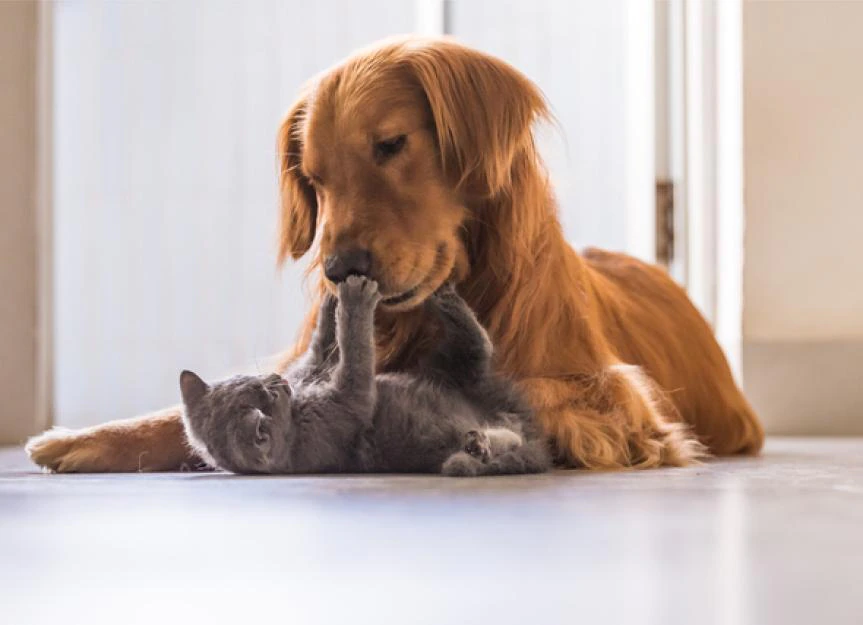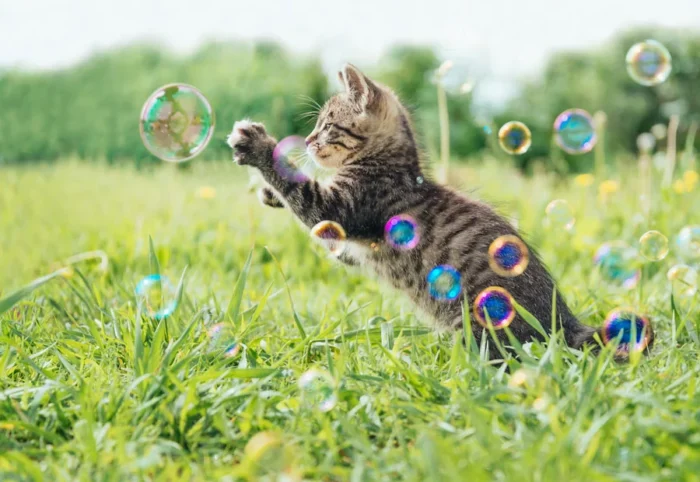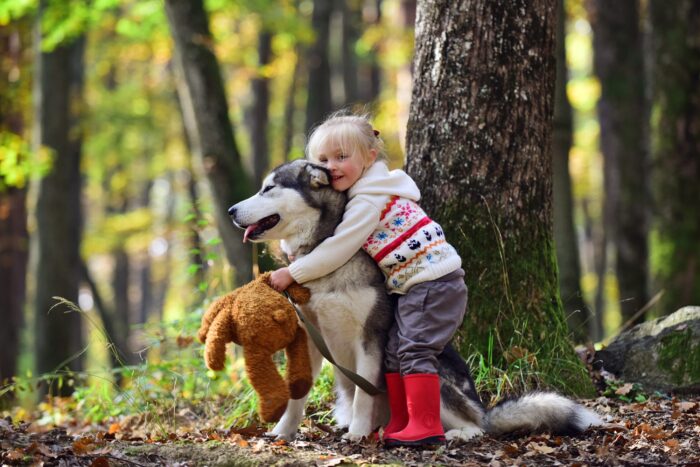
Having a pet at home has been linked to several health benefits. They have the potential to facilitate individuals’ participation in sports, enjoyment of the great outdoors, and meeting new people. The benefits of fitness and time spent with dogs extend far beyond reducing risk factors, including hypertension, cholesterol, and triglycerides.
Feelings of loneliness and despair can be alleviated with the company of a furry friend. It is in your nature to want what is best for your pet, and a big part is working hard to ensure they get the care they need. If you give your pets the care they need, you may help them live healthier lives by following these instructions.
1. Access to Food and Water
Providing your pet with fresh water and high-quality meals at all times is an essential part of pet care. You’ll improve your best friend’s satisfaction by ensuring they get the food they need. All pets need easy access to food and water. They’ll require it if they intend to maintain peak mental and physical health. Also, food for canines and felines is not interchangeable.
Talk to your vet about which pet food formulation would be best for your pet based on age, health, and activity. You can always shop pet food & supplies online for a more convenient approach.
2. Live in Comfort

Feline and canine friends may share your appreciation for solitude and the comforts of home, if not more so. Sleeping on the dog’s bed is ideal. They prefer to sleep in a less prominent or private area, such as the ground, a nook, or the closet. Meanwhile, a cat is the more risk-taking of the two. They feel safest when perched up high or on top of a scratching pole.
It’s also a good idea to check for any threats to your pet. All gates should be closed and secured, and any torn screens or windows should be repaired.
3. Health Checkups with the Vet
Maintaining your pet’s health calls for constant, vigilant effort. The basic step in becoming a pet parent is ensuring your pet receives routine veterinary care. Generally, due to their shorter lifespan compared to humans, dogs and cats should go in for yearly or biannual exams.
No matter how old your pet is, it’s important to take it in for regular checkups at the vet. However, in the early years, this is especially important so your pet can receive all necessary vaccinations. This way, you can make sure your pet is healthy as they grow up to be adults.
4. Verification of Identity

In order to draw a correct conclusion, obtaining proper identification is essential. You begin with a basic collar, including a name tag and contact information. Microchips are also a good idea. If your contact information is up to date, combining several forms of identification will boost the chances of being reunited with your missing pet.
In the event that any of your identifying information—including your address and phone number—changes, you should update your microchip’s registry.
5. Spaying/Neutering
Spaying and neutering your pet not only assists in reducing the number of strays but also eliminates many potential health problems, including problematic pregnancies. Spaying your cat can prevent it from going into “heat” and reduce the chances of acquiring ovarian cancer.
As a result, your pet is less inclined to leave the house in search of a partner, and the other animals in the neighborhood are more likely to accept them.
Neutering your dog helps prevent cancer in puppies and minimizes abusive tendencies, roaming, and straying. Generally, your pet will need to stay overnight at the clinic following spaying or neutering due to the anesthesia risks included in the treatment.
6. Pet Hygiene
It is essential to take precautions to prevent the spread of sickness from humans to their pets, such as hand washing often. Pets and their possessions should be kept well away from the kitchen, and pet homes and items should be cleaned thoroughly outside the house.
Whether at home or in public, utilize a container to collect dog excrement and put it in the proper trash cans. Parasites and germs in animal excrement, such as that excreted by dogs and cats, can infect humans. Young children should not play with dogs or cats since doing so increases their risk of contracting roundworms and hookworms.
Sealing sandboxes will discourage cats from using them as litter boxes. Clean litter boxes reduce the likelihood of parasite infection in cats.
7. Having Fun Without Risk

It’s no secret that playing fetch is a wonderful way for dogs and cats to interact with one another. Used toys should be avoided because of the risk of injury or asphyxia they may provide. Children’s toys should be thrown out and replaced when they get too worn to play with. Making toys for your cat or dog can be fun and a great way to bond with your pet.
8. Learning and Interaction
Taking care of your pet properly is a major responsibility. Ensuring your dog or cat is well-trained involves exposing them to plenty of new environments and people. Teaching a pet from a young age is optimal, although education at any age is beneficial.
Every pet has to be trained to go to the restroom outdoors and follow orders. How effectively your pet has been trained will determine how easily it relates to you and other animals.
A More Fun Life With Companions

Your well-being will improve if you pay attention to the well-being of your companion animal. Schedule an appointment to see a veterinarian as soon as possible if you have any worries about your pet’s health or have any reason to think they are unwell.
It’s important to remember that the recommendations, as mentioned earlier, are valid all year long, not just on pet-themed holidays. In fact, if you make them an integral part of your daily responsibilities as a pet parent, you and your pet will be able to take advantage of the benefits.











